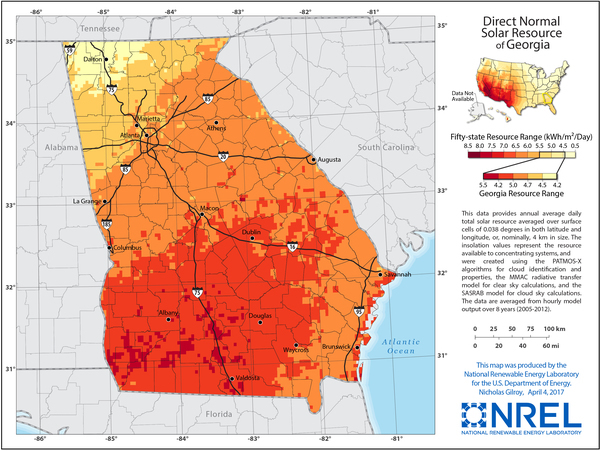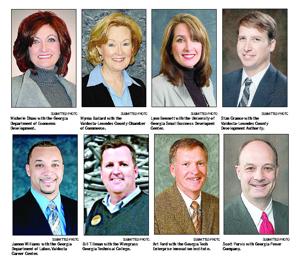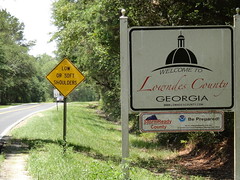A few years ago, a doctor in Valdosta applied for a variance for solar panels over his parking lot. The Zoning Board of Approvals (ZBOA) tabled it, because Valdosta’s Land Development Regulations (LDR) did not permit that. I think he then made the panels connected to his building, which put them a different and already-permitted category.
What if Valdosta and other local governments updated their codes to enable parking lot and other solar power?
When:
4-6PM Monday, March 12, 2018
Where:
National Environmentally Sound Production Agriculture Library (NESPAL)
2356 Rainwater Road, Tifton, GA 31793
Event: eventbrite
What: “The Georgia Institute of Technology, Emory University, and University of Georgia have come together to develop a model solar zoning ordinance to provide county and city officials and other decision-makers in Georgia access to best practices and a common baseline from which to work. We will produce a comprehensive document that addresses multiple scales and types of solar energy systems that counties and cities can adopt and adapt to their needs.”
More about the event: Continue reading











